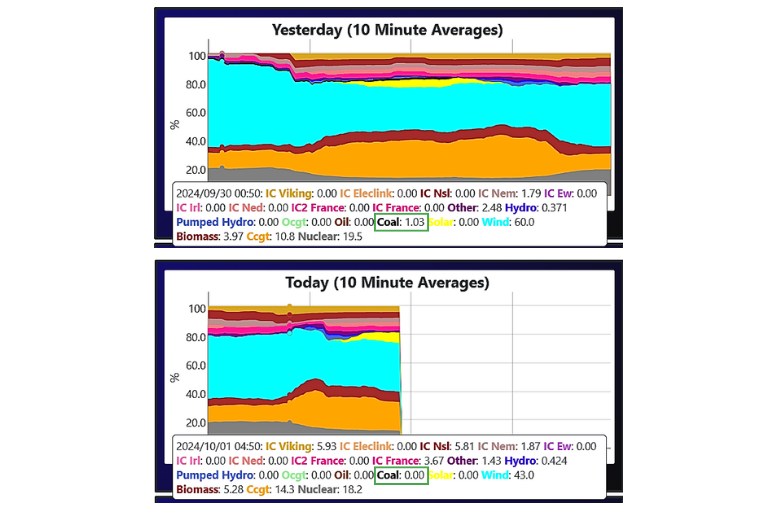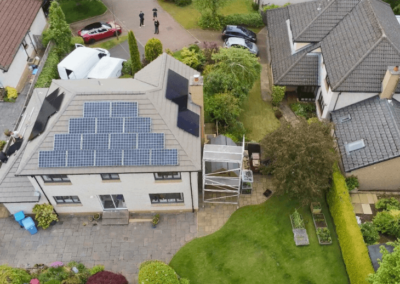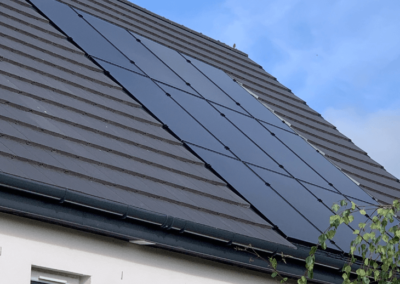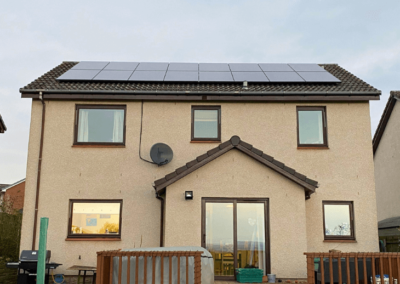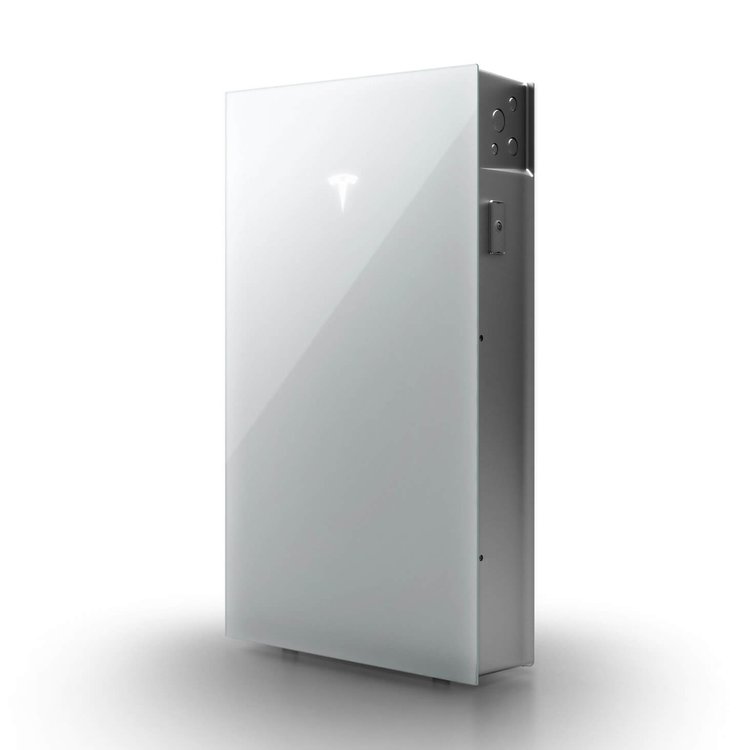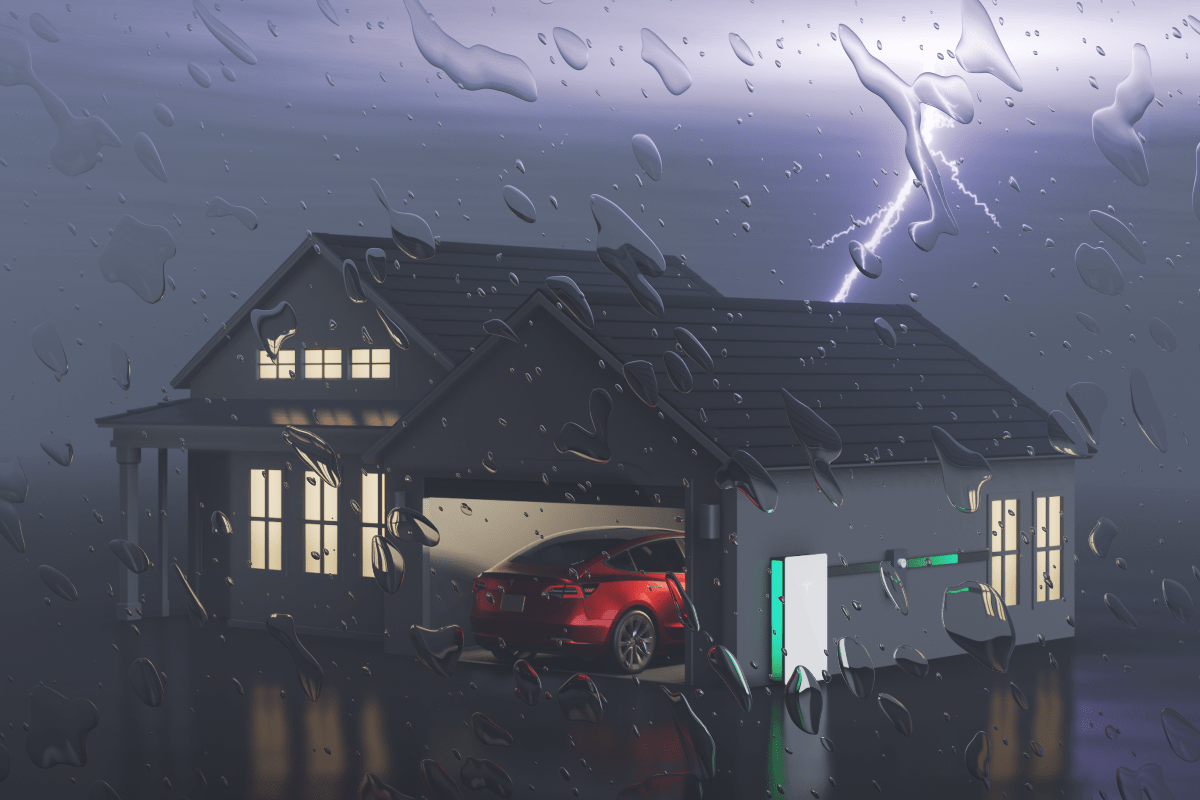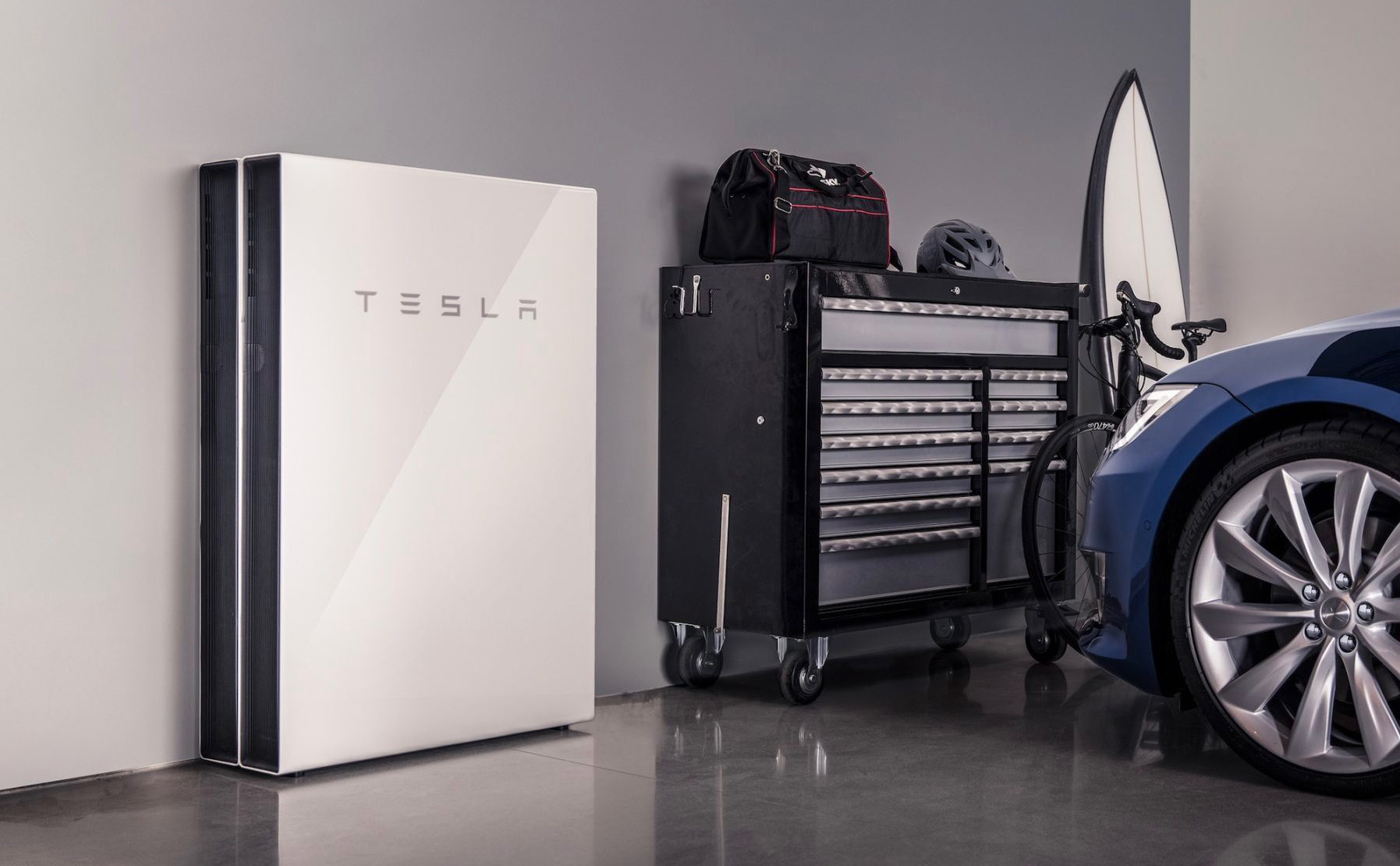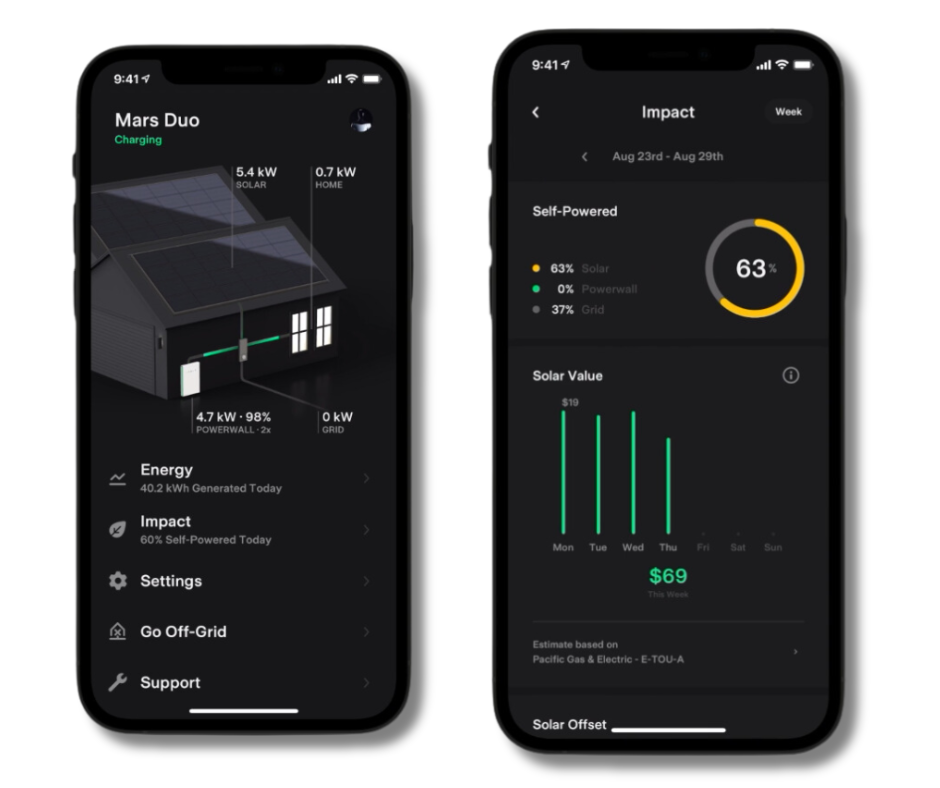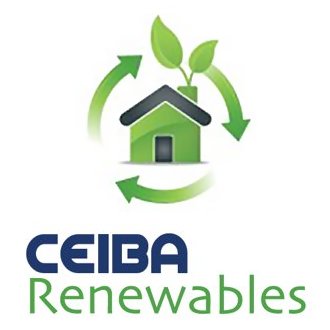by Filip Rasinski | Oct 2, 2024
UK’s Coal Energy Departure
On Monday, September 30, 2024, Ratcliffe-on-Soar Power Station in Nottingham ceased operations, marking a significant historical moment for the UK. After nearly 60 years of service, this is the last coal-fired power station still running in the country, and its closure signifies the UK’s complete departure from coal energy. This journey began with the Industrial Revolution.
From being a global pioneer in coal-powered electricity, the UK has now emerged as a leader in the transition away from coal power. It has become the first G7 nation to achieve this feat, a milestone reached after almost 150 years of coal use. This underscores the country’s unwavering commitment to greener energy and serves as a historic moment in the global move towards a cleaner, more sustainable future.
The journey began in 1882 when Thomas Edison built the world’s first coal-fired power plant in London, sparking the coal revolution. From that moment on, coal became a cornerstone of the Industrial Revolution for another 142 years, powering factories, homes, and transportation across the United Kingdom. (Molly Lempriere, 2024)
A Step Towards a Greener Future
Closing the last coal-fired power station in the UK is a significant step towards a greener and more sustainable future. With the transition from coal power, the renewable energy industry can improve and expand in several ways. This is a historic victory for British society, particularly for climate activists, according to Daniel Therkelsen (Gagliardi, 2024). Ceiba Renewables is committed to leading Scotland’s efforts to fight climate change and promote renewable energy. With the closure of Ratcliffe-on-Soar Power Station, there is an opportunity to further invest in and develop renewable energy sources such as wind, solar, and hydroelectric power. By expanding our renewable energy infrastructure, we can contribute to reducing carbon emissions and mitigating the impact of climate change.
We are human and we hold the power to drive the green energy revolution forward. We can make a significant contribution by considering a switch to renewable energy sources for our homes or businesses, such as installing solar panels or choosing energy providers that offer renewable energy options. Moreover, advocating for policies that support renewable energy development and promoting sustainable practices in our communities can further accelerate this transition.
By collectively embracing renewable energy and sustainable practices, we can create a better, greener future for our children and future generations, reducing environmental impact and combatting climate change.
West Lothian, solar panel and Tesla Powerwall 2, 4.55kWp
Dumfries and Galloway, solar panels installation, 4.20 kWp
Perthshire, solar panels installation and Tesla Powerwall 2, 6 kWp
by Filip Rasinski | Jun 7, 2024
The upcoming release of the Tesla Powerwall 3 is expected to significantly impact the UK’s energy landscape. Tesla, a leading provider of home solar panels, is continuing to advance sustainable energy solutions with its latest Powerwall technology. The Powerwall’s efficient solar energy storage, adaptability to different setups, and contribution to energy security have already made a noticeable impact in the United Kingdom.
The upcoming launch of the Powerwall 3 in Scotland and across the UK has sparked a lot of excitement among homeowners, clean energy enthusiasts, and environmental advocates. This new solar energy battery storage system is designed to work seamlessly with solar panels and other renewable energy sources. It’s expected to give households more control over their energy usage while also reducing their carbon footprint. With its improved efficiency and advanced features, the Tesla Powerwall 3 is set to change the way we use renewable energy systems in the UK. Its anticipated release by the end of 2024 is a big step towards a more sustainable future.
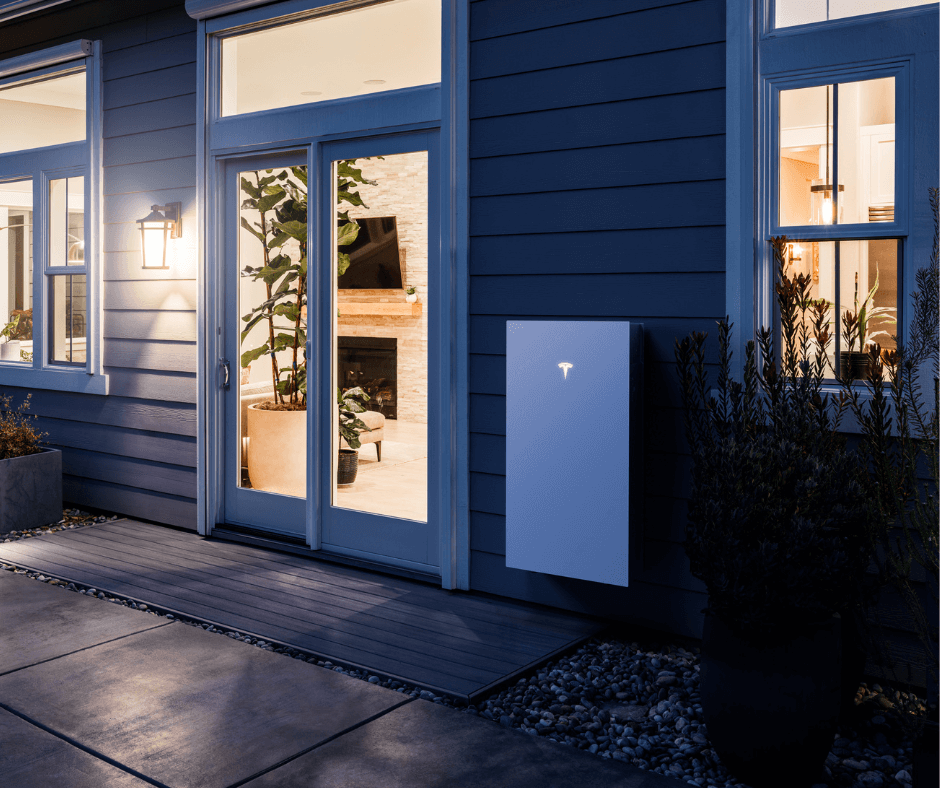
Powerful Key Features and Specifications
Below are some of the key similarities and differences between Powerwall 2 and Powerwall 3.
SIMILARITIES
- Storage Capacity of 13.5kWh of Usable Power per Powerwall
- Scalable (adding a second Powerwall gives you 27kWh of storage capacity)
- Whole House Backup
- Can be Installed Outside (recommended Best Practice from IET & MCS)
- Advanced Battery Cooling for Maximum Durability, Lifespan and Performance
- Tesla’s (mostly) excellent installer and customer Technical Support
Technical details
The Tesla Powerwall 3 boasts impressive features and specifications that set it apart from its previous models. With a nominal grid voltage of 120/240 VAC and a grid type of split phase, it operates at a frequency of 60 Hz. The Powerwall 3 incorporates robust overcurrent protection with a 60A device and offers excellent surge withstand voltage on both AC ports (4 kV) and communication ports (2 kV). It also demonstrates impressive radiated RF immunity at 35 V/m.
One of the standout features of the Powerwall 3 is its exceptional efficiency. It boasts a solar-to-battery-to-grid round-trip efficiency of 89% and a remarkable solar-to-grid efficiency of 97%, ensuring minimal energy losses during operation. The Powerwall 3 supports various islanding devices, including Backup Gateway 2, Backup Switch, and Gateway 3, enhancing its versatility and compatibility.
Connectivity is a strong suit of the Powerwall 3, with Wi-Fi (2.4/5 GHz), dual-port switched Ethernet, and cellular (LTE/4G options available. It also features a hardware interface with a dry contact relay, Rapid Shutdown (RSD) certified switch and 2-pin connector, and RS-485 for meters. The AC metering is revenue-grade, ensuring accurate measurements with a precision of +/- 0.5%.
In terms of safety, the Powerwall 3 incorporates an integrated arc fault circuit interrupter (AFCI), Isolation Monitor Interrupter (IMI), and PV Rapid Shutdown (RSD) using Tesla Mid-Circuit Interrupters, providing comprehensive protection against potential hazards. Customers can conveniently monitor and control the system through the Tesla Mobile App.
The Powerwall 3 offers a 10-year warranty, ensuring long-term reliability and peace of mind for users. With a maximum solar STC input of 20 kW and a withstand voltage of 600V DC, it can handle substantial solar power input. [5] The PV DC input voltage range is 60-550V DC, while the MPPT voltage range is 60-480V DC, accommodating a wide range of solar panel configurations. It features three MPPTs, each capable of handling a maximum current of 13A and a maximum short-circuit current of 15A.
The Powerwall 3 boasts a nominal battery energy of 13.5 kWh, a maximum continuous discharge power of 11.04 kW, and a maximum continuous discharge power off-grid (PV only, -20°C to 25°C) of 11.04 kW. Its maximum continuous charge power is 5 kW, and the output power factor rating is configurable from 0 to 1, allowing for grid code compliance. With a maximum continuous current of 48A and a load start capability of 185A LRA (1s), the Powerwall 3 can handle substantial power demands. Additionally, the system supports power scalability, with up to four Powerwall 3 units supported, enabling users to expand their energy storage capacity as needed.
Please note, some of the above information subject to change once PW3 has been launched in UK.
DIFFERENCES
- The system offers AC- and/or DC-coupled flexibility, making it suitable for new installations and retrofit projects.
Direct DC Coupling
Direct DC Coupling
The Powerwall 3 integrates directly with solar panels, featuring an integrated solar inverter for a more efficient setup and eliminates the need for an additional solar inverter, reducing the required power conversions. In a system with direct DC coupling, the solar energy generated by the panels goes straight into the Powerwall 3’s battery, avoiding the need for additional conversions. This direct charging of the battery results in higher efficiency, with the Powerwall 3 boasting an impressive 96-97% charging efficiency compared to the 92-93% efficiency of the Powerwall 2.
Increased System Efficiency
The direct DC coupling of Powerwall 3 with solar panels contributes to increased overall system efficiency. By eliminating the need for multiple power conversions, the system minimises energy losses, allowing us to harness more of the solar energy generated by our panels.
We can see the efficiency gains when examining the power conversion process in detail. With a DC-coupled system, the solar energy generated by the panels is directly stored in the Powerwall 3’s battery, with charging losses typically less than 3%. In contrast, an AC-coupled system like the Powerwall 2 requires power conversion from DC to AC at the solar inverter and then from AC to DC during battery charging, resulting in a combined loss of around 7%. Additionally, when discharging the stored energy, there is a further 3% loss from converting DC to AC. By minimising these conversion losses, the Powerwall 3’s DC-coupled design achieves a higher round-trip efficiency, allowing us to maximize the utilization of our solar energy.
Moreover, the integrated solar inverter in the Powerwall 3 offers additional benefits. With six Maximum Power Point Tracking (MPPT) inputs, the system can efficiently handle shading requirements across various installations, ensuring optimal solar energy capture. Furthermore, the Powerwall 3’s integrated inverter is programmable, with an output range of 3.68 kW to 11.04 kW, providing greater flexibility in system design and compliance with grid restrictions imposed by District Network Operators (DNOs).
- The system offers AC- and/or DC-coupled flexibility, making it suitable for new installations and retrofit projects.
- It demonstrates improved efficiency in DC-coupled systems, with specific efficiency metrics to be confirmed.
Improved Energy Efficiency
The Powerwall 3 stands out for its impressive round-trip efficiency of 97.5%. This means it can store more solar power before sending it to the grid, which helps minimize energy wastage. Tesla likely achieved this by combining the inverter and battery system, removing the need for an external inverter and improving the overall system design.
- It utilises a distinct cell technology that eliminates the use of rare earth metals.
- The integrated solar inverter delivers various advantages, including improved energy conversion, streamlined data viewing through a single application, and cost efficiency compared to third-party inverters.
Integrated Solar Inverter
The new Powerwall 3 now includes a built-in solar inverter, a significant change from the Powerwall 2, which previously required a separate solar inverter. This new design offers several advantages:
1. More efficient: Connecting solar panels directly to the Powerwall 3’s integrated inverter reduces power conversion losses, making the system more efficient.
2. Easier to monitor: The integrated inverter allows users to monitor and control both the solar and battery systems through a single Tesla Mobile App, making everything easier to manage.
3. Saves money: Eliminating the need for a separate solar inverter saves users money, making the whole solar and storage system more affordable.
In addition, it has 3 individual solar connections, allowing for a maximum solar input of 20 kW or 6.6 kW per connection. This is an improvement from the previous Powerwall Plus model, allowing for more efficient shade mitigation and installing a larger number of solar panels at once. Also, the Powerwall 3’s inverter is programmable, with an output range of 3.68 kW to 11.04 kW. This flexibility allows users to adjust the output to comply with DNO grid restrictions, increasing the chance of getting approval for grid connections that may have been rejected before by SPEN or SSE. This feature promises access to the desired solar and storage system.
- While marginally higher priced than the PW2, when paired with a solar PV system, overall costs are expected to be lower due to inverter-related savings.
- It will offer a non-backup option, reducing costs for customers who do not require backup functionality during power outages.
- Furthermore, advanced features are anticipated within the next 12 months. Detailed information is pending, and updates will be shared once available.
The Tesla Powerwall 3 provides whole-home backup power during grid outages, ensuring uninterrupted power supply to essential appliances and systems. Its Storm Watch feature automatically charges the battery to maximum capacity during stormy weather, offering peace of mind during potential power outages.
The Powerwall 3 enables greater energy independence by allowing storage and use of excess solar energy, reducing reliance on the grid. By combining it with solar panels, you can produce clean energy, reducing carbon footprint and insulating from energy price changes and supply chain disruptions.
Whether you are a business or a homeowner, saving money by storing solar energy during peak hours when electricity rates are higher can lead to significant cost savings and a reduced carbon footprint. Less reliance on the grid will not only maximise the use of solar energy but lead to substantial long-term savings on electricity costs. The integrated solar inverter further contributes to cost savings by eliminating the need for a separate third-party inverter.
Making smart choices about your energy has always been challenging. The Tesla app gives you more control over your total energy usage and generation. It helps you adjust your energy needs and performance, giving you the power of real-life involvement in managing. It feels good knowing that investing in sustainable energy solutions benefits you and the environment.
Expected Launch and Availability
As a leading Tesla Powerwall Installer, we can’t hold our excitement for the upcoming Powerwall 3 in the UK market. Tesla opened orders for the Powerwall 3 in the US in March 2024, and we’re excited to announce that it will soon be available in the UK, which is expected by the end of 2024. As a trusted partner, we’ll be among the first to offer this cutting-edge technology to our customers well before it hits the mainstream market.
It’s important to note that the Powerwall 3 will not be compatible with existing Powerwall 2 setups. This means that for customers interested in upgrading to the Powerwall 3, a completely new system will need to be installed, as the two generations cannot be combined or integrated.
Act now and join our exclusive waiting list to become part of the future of energy solutions!
Get ahead of the curve as Tesla Energy UK gears up for a major announcement this summer. As confirmed by an Ofgem employee in a recent conversation, we expect an exceptional surge in orders as Tesla revolutionises the energy industry. Powerwall 2 units are currently in stock, and we are eagerly anticipating the arrival of the Powerwall 3.
Blog Posts/Articles:
Official Documents/Manuals:
Support/Information Pages:
Other sources:
by Filip Rasinski | Mar 11, 2024
Investing in a renewable energy system for your home or business comes with numerous benefits, such as lower energy bills, reduced carbon footprint, and even potential income through government incentives. However, to truly maximise these benefits, it’s essential to ensure the efficiency and performance of your renewable energy system are optimised. Ceiba Renewables is committed to providing guidance and support, enabling you to make the most of your green energy investment.
In this article, we will share seven expert tips from our team, which will help you enhance the performance, efficiency, and reliability of your renewable energy system. These tips are applicable to various renewable energy technologies, such as solar panels, wind turbines, and heat pumps. By implementing these best practices, you can not only save more on your energy bills but also contribute to a more sustainable future for generations to come.
Energy Efficiency Audit: Assess Your Current Performance
The first step towards maximising your renewable energy system’s efficiency is conducting a thorough energy efficiency audit. An audit helps you identify areas in your property where energy wastage occurs and provides insight into potential improvements. By addressing these inefficiencies, you can reduce energy consumption and enhance the performance of your renewable energy system.
Some areas to consider during an energy audit include:
- Insulation: Check the insulation levels in your property’s walls, attic, and floors. Proper insulation prevents heat loss in winter and heat gain in summer, reducing the demand on your heating and cooling systems.
- Ventilation: Ensure that your property has adequate ventilation, allowing for efficient air circulation, moisture control, and a healthy indoor environment.
- Appliances: Evaluate the energy efficiency of your appliances and consider upgrading to energy-saving models where possible.
- Lighting: Switch to energy-efficient LED light bulbs and make sure to turn off lights when not in use.
Optimal System Sizing and Design
A renewable energy system’s size and design play a crucial role in its overall efficiency. For instance, a solar panel system should be designed according to your property’s orientation, roof space, and energy consumption needs to ensure optimal performance.
When determining the appropriate size for your renewable energy system, make sure to consult with an expert provider. We can help you develop a tailored system that balances your power needs with the available resources, maximising both efficiency and cost-effectiveness.
Regular Maintenance and Inspections
To maintain optimal performance, it’s essential to establish a routine of regular maintenance and inspections for your renewable energy system. Some best practices include:
- Clean your solar panels or wind turbine blades periodically to remove dust, dirt, and debris that may impact their performance.
- Inspect your renewable energy equipment for signs of wear or damage, and address any issues as soon as possible.
- Maintain and monitor energy storage configurations, such as battery systems, to ensure optimal functionality.
- Have your renewable energy system periodically inspected by a certified professional for thorough examinations and preventative maintenance.
Balance Your Energy Consumption Patterns
Balancing your energy consumption patterns with your renewable energy system’s production rates can help maximise efficiency and align your energy usage to the times when your system generates the most energy. For example, if you have a solar panel system, consider undertaking high-energy tasks, such as running your dishwasher or doing laundry, during periods of peak sunlight.
Additionally, implementing energy-saving habits like turning off appliances when they’re not in use and replacing old electronics with more energy-efficient alternatives can further augment the efficiency of your renewable energy system.
Opt for Energy Storage Solutions
Investing in an energy storage solution, such as a battery system, can help you store excess solar or wind-generated energy for use during periods of low energy production or higher demand. By storing this energy, you can effectively reduce your reliance on the grid and ensure that your renewable energy system provides a more consistent power supply, ultimately improving its overall efficiency.
However, it’s essential to assess the costs and benefits of adding an energy storage system to your renewable energy installation, as it may not always be the most cost-effective solution.
Keep Up with Technology Advancements
Renewable energy technology is continually evolving, with new advancements and innovations emerging regularly. Staying informed about these developments can help you identify potential enhancements for your renewable energy system. For example, solar panel technology improvements have led to higher efficiency rates and longer lifespans than in the past, making it worthwhile to consider upgrading older systems.
Utilise Monitoring and Control Solutions
Monitoring and control solutions, such as smart thermostats, apps, and energy management systems, can help you track your renewable energy system’s performance, providing valuable insights into potential efficiency improvements. By continuously monitoring your system’s energy production and consumption patterns, you can identify opportunities to enhance its performance further.
These monitoring tools often provide real-time data and alerts, allowing you to address any issues promptly and maintain consistent performance levels. Consider speaking with an expert to determine the most suitable monitoring and control options for your renewable energy system.
Unlock Your Renewable Energy System’s Full Potential with Ceiba Renewables
There is a myriad of measures you can take to enhance the efficiency and performance of your renewable energy system. These expert tips, covering everything from energy audits to monitoring technology, are designed to help you make the most of your green energy investment. By implementing these strategies, you’ll enjoy even greater energy bill savings, further reducing your carbon footprint and contributing to a more sustainable future.
Ceiba Renewables is dedicated to providing you with the guidance and support needed to navigate the world of renewable energy. We’re here to help you maximise the benefits of your green energy system and ensure it operates optimally for years to come. Get in touch with our energy specialists now!
by Filip Rasinski | Mar 3, 2024
With a growing interest in sustainable energy, solar panels have become a common sight in Scotland as more households and businesses recognise the benefits of harnessing the power of the sun. Installing solar panels is a significant investment that has the potential to reduce your energy costs and reduce your carbon footprint. However, to keep your solar panel system operating at peak performance and extend its lifespan, proper maintenance and care are essential.
In this guide, we will share our expertise on the importance of regular maintenance for your solar panel system in Scotland and offer practical advice on how to keep your solar panels in optimal condition. By implementing routine maintenance and addressing potential issues early on, you can protect your investment, maximise your renewable energy gains, and enjoy a hassle-free solar experience for years to come.
The Fundamentals of Solar Panel Maintenance: Simple Steps to Keep Your System in Top Shape
Proper maintenance of your solar panel system is imperative to ensure its efficiency and longevity. Fortunately, solar panels are relatively low maintenance compared to other forms of renewable energy technology. By following a few simple steps, you can keep your solar panel system in excellent condition:
- Regular Cleaning: Dust, dirt, and debris can accumulate on your solar panels, reducing their efficiency. Regular cleaning with a soft brush, mild detergent and water can help keep your panels working at their best. Aim to clean your panels at least once every six months.
- Monitoring Performance: Regularly monitoring the performance of your solar panel system can help identify potential issues early on. Keep an eye on daily energy production through your solar inverter display or monitoring software.
- Inspections: In addition to routine cleaning and monitoring, it’s essential to periodically inspect your solar panel system for any signs of physical damage or deterioration, such as cracks or discolouration. Addressing these issues early can prevent more severe problems in the future.
- Annual Maintenance Check: It’s recommended to schedule an annual maintenance check by a professional solar panel technician. Professional maintenance checks can identify any hidden issues, helping you get the most out of your solar panel system for years to come.
Understanding the Impact of Weather Conditions in Scotland on Solar Panel Maintenance
Scotland’s weather conditions can provide unique challenges for maintaining your solar panel system. Here’s how to ensure that your solar panels stay in prime condition, regardless of the weather:
- Rain and Snow: Rain can effectively clean your solar panels, but heavy rain can also dislodge dirt and debris from nearby trees or buildings, potentially causing a build-up of grime on your panels. Keep an eye on weather patterns and adjust your cleaning schedule accordingly. During the winter months, snow can accumulate on your solar panels, affecting their performance. Use a soft brush to gently remove snow build-up.
- High Winds: High winds can deposit debris on your solar panels, compromising their efficiency. Inspect your panels after strong wind events and remove any dirt or debris that may have accumulated.
- Coastal Climate: If your home or business is based in a coastal area of Scotland, the salt air can potentially cause corrosion or damage to the solar panel components. Regular cleaning and annual corrosion inspections can help protect your system from the elements.
- Hailstorms: While solar panels are designed to withstand hailstorms, it is crucial to inspect your solar panel system after any significant hail event. Check for any signs of cracks or damage and contact a professional solar panel technician if repairs are needed.
The Role of Solar Panel Positioning and Design in Maintenance and Care
The design and positioning of your solar panel system can impact its overall performance and maintenance requirements. Consider the following factors to ensure that your solar panels function optimally:
- Panel Angle: The angle of your solar panels plays a crucial role in their efficiency. In Scotland, the recommended angle for solar panels is approximately 35 to 40 degrees. This angle maximises exposure to sunlight and can also prevent the accumulation of dirt and debris on the panel surface.
- Proper Installation: A well-installed solar panel system accounts for factors such as shading, tree growth, and nearby buildings. Consult with a professional solar panel installer to ensure that your system is designed and installed to maximise performance and minimise maintenance issues.
- Panel Quality: Investing in high-quality solar panels can make a significant difference in the performance and durability of your solar panel system. Ensure that your panels meet industry manufacturing standards and carry a reputable warranty.
Knowing When to Seek Professional Assistance
While proper care and maintenance can help prevent many common solar panel issues, it’s crucial to know when to consult a professional solar panel technician. Some instances where professional assistance is necessary include:
- Physical Damage: If your solar panel system displays signs of damage, such as cracks, discolouration, or broken glass, contact a professional technician to carry out an inspection and repairs.
- Reduced Performance: If you notice a drastic drop in energy production or efficiency, it’s essential to consult with a professional to diagnose and rectify the issue.
- Inverter Faults: If your solar inverter is displaying faults or errors, it’s vital to seek expert help to ensure the safe and correct operation of your solar panel system.
Conclusion
Proper maintenance and care are essential to maximise the performance, efficiency, and longevity of your solar panel system in Scotland. By implementing regular cleaning, inspections, and monitoring, you can protect your investment and enjoy the myriad benefits of renewable energy for years to come. Don’t hesitate to enlist the help of professional solar panel technicians when required to keep your solar panels in excellent condition.
Take the guesswork out of solar panel maintenance and care with our comprehensive design, consultancy, project management, and installation services. Reach out to our solar energy specialist today to learn more about how we can help you maximise your renewable energy experience in Scotland.
by Filip Rasinski | May 27, 2022
We are very grateful to have been awarded as the “Solar PV Installer of the Year” at the Scotland Energy Efficiency Award 2022 for the second time.
This year it is even more exciting as we were able to share the recognitions with our roofing partner, Eco Solutions with the “Highly Commended Small Project of the Year”. The team have done an excellent job at our customer’s home in Perthshire and we were very lucky to have our customer and his wife celebrating with us as well that night.
It is a special moment as we believe that more appreciations to small project like this could be the inspiration and encouragement for other property owners to move into renewable energy and take the opportunity to be self sufficient. It also strengthen our confidence in providing the best solutions for our customers.
We are deeply honoured to be acknowledge with high standard customer service and top quality workmanship and considered to have demonstrated best practice within the local community. The industry is continuously growing and it is even more crucial for us to focus on quality and longevity to provide only the best for our customers.
*Learn more about the project on our case study page: https://www.ceiba-renewables.co.uk/project/residential-in-roof-project/

